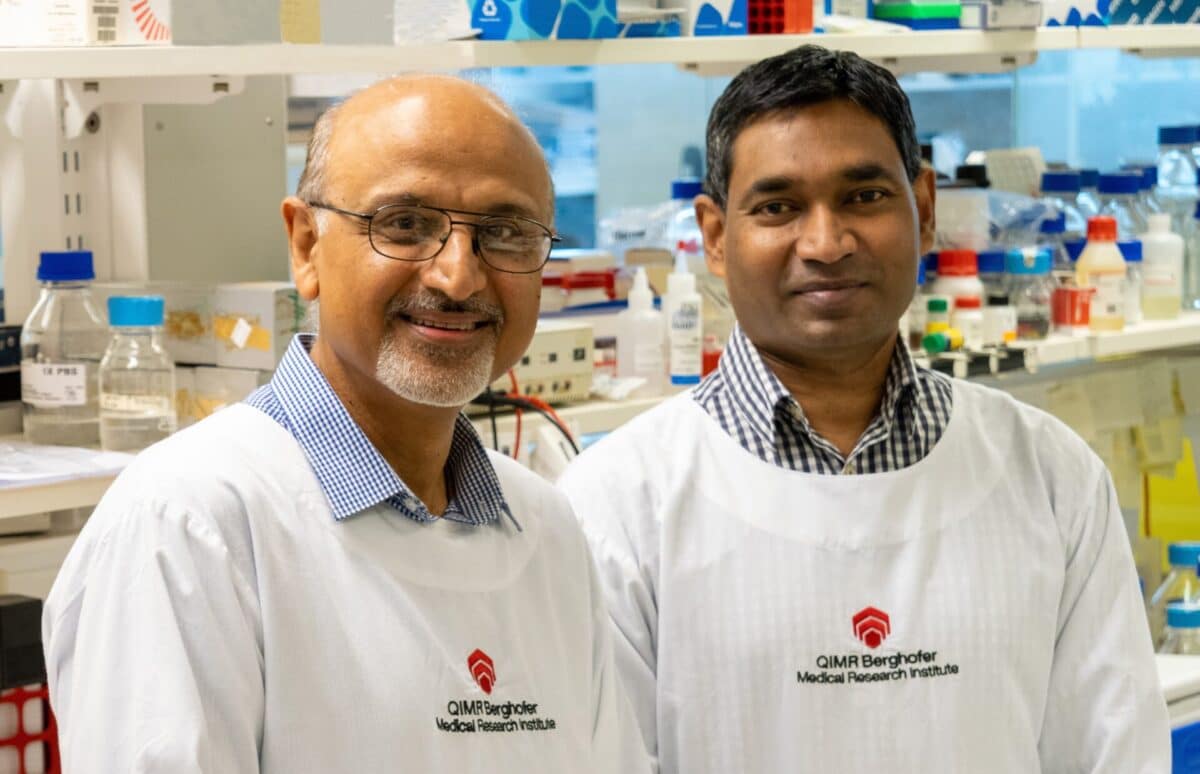BRISBANE, AUSTRALIA — Queensland’s QIMR Berghofer Medical Research Institute has developed a breakthrough vaccine candidate against the widespread but little-known cytomegalovirus, or CMV, which can cause hearing loss and other severe disabilities among unborn babies.
Congenital CMV is said to be the most common non-genetic cause of congenital hearing loss, causing an estimated 20-25% of all congenital hearing loss cases.
CMV is a herpes virus which is carried by half the population, but the majority will never develop symptoms. A small proportion develop a glandular fever-like illness. However, in pregnant women, CMV is potentially dangerous for their unborn baby and may cause permanent hearing loss, cerebral palsy and even death. The virus is also dangerous for transplant patients due to their compromised immune system.
Development of a CMV vaccine has been a top priority of the US Institute of Medicine but so far, all attempts to produce a durable and effective CMV vaccine have failed.
QIMR Berghofer’s breakthrough represents a new approach. Professor Rajiv Khanna, coordinator of the Institute’s Centre for Immunotherapy and Vaccine Development, said previous attempts had failed because they relied on traditional technologies to develop antibodies which attach to and remove the virus.
“CMV is a very complex virus, one of the largest DNA viruses, and it can hide inside cells and escape immune control. What we have done is to deploy another arm of the immune system, what we call Killer T-Cells, to attack those cells in which the virus is hiding. We are combining both humoral immunity and this killer cellular immunity into a single formulation”
–Prof. Rajiv Khanna
Extensive preclinical testing of this bivalent vaccine has produced strong neutralizing antibody and CMV-specific polyfunctional T cell responses. The QIMR Berghofer team has also successfully developed a process to produce the vaccine’s polyepitope protein. Professor Khanna’s work is published in PLOS Pathogens Journal.
**Read the full story on the QIMR Berghofer website.







